

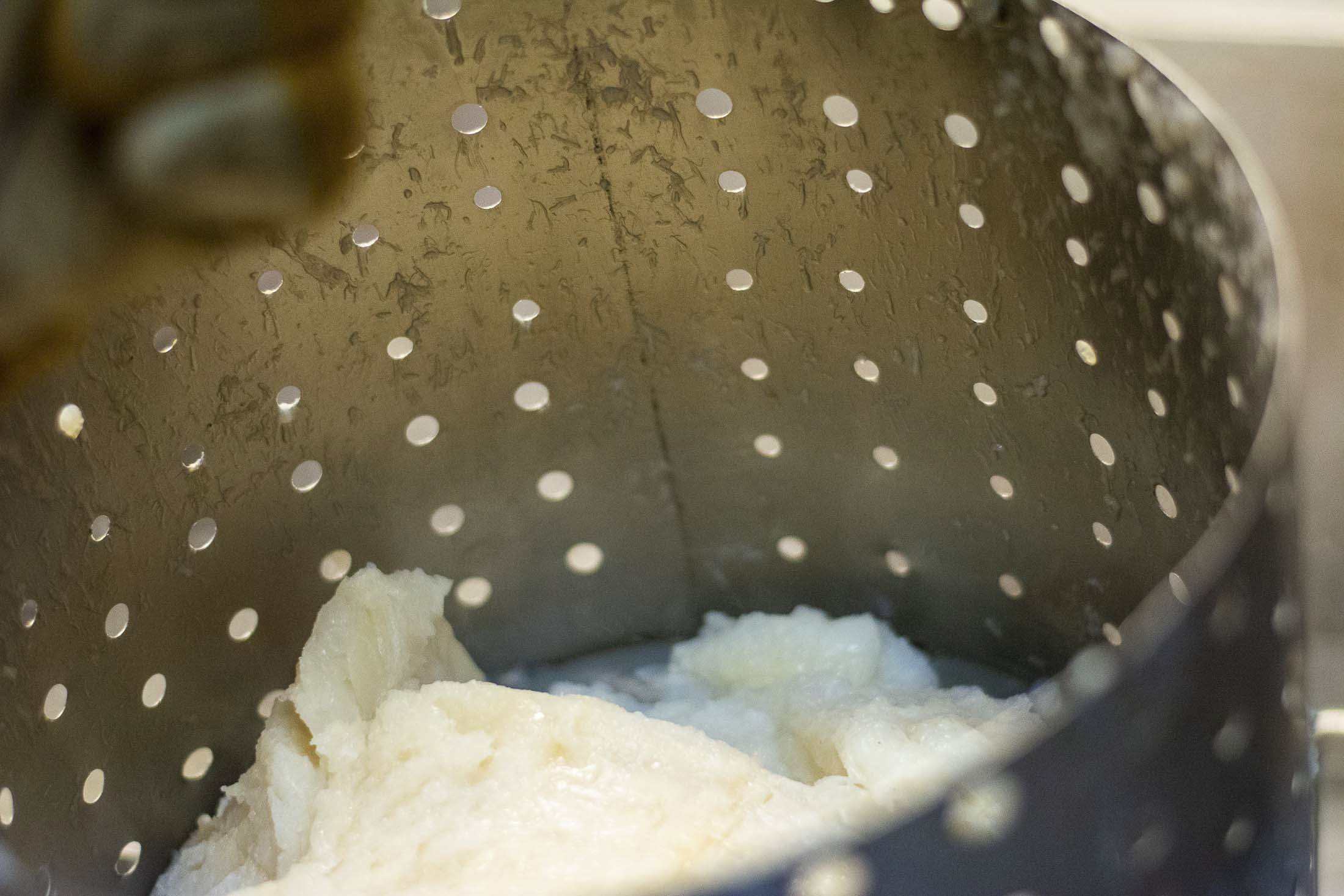
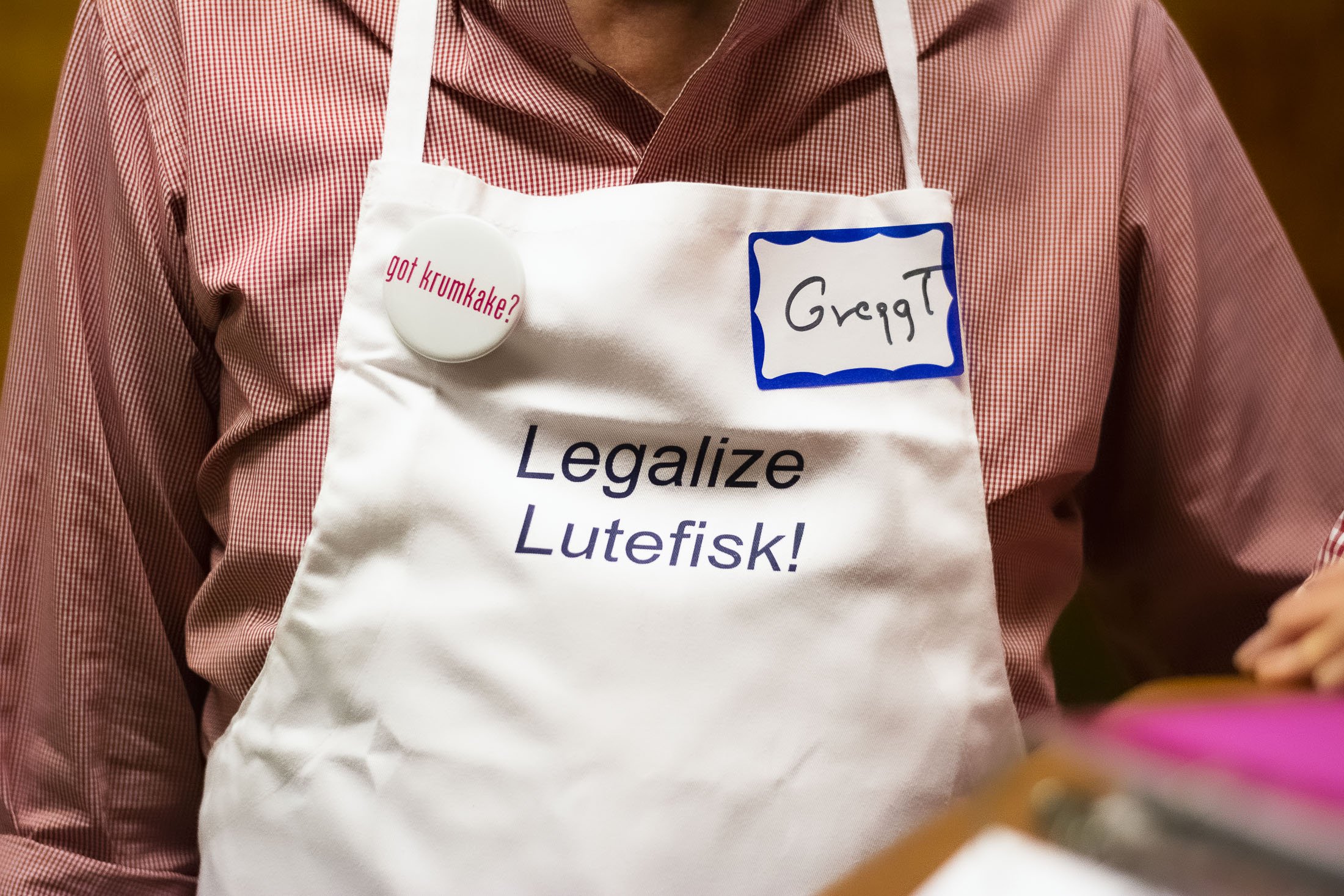





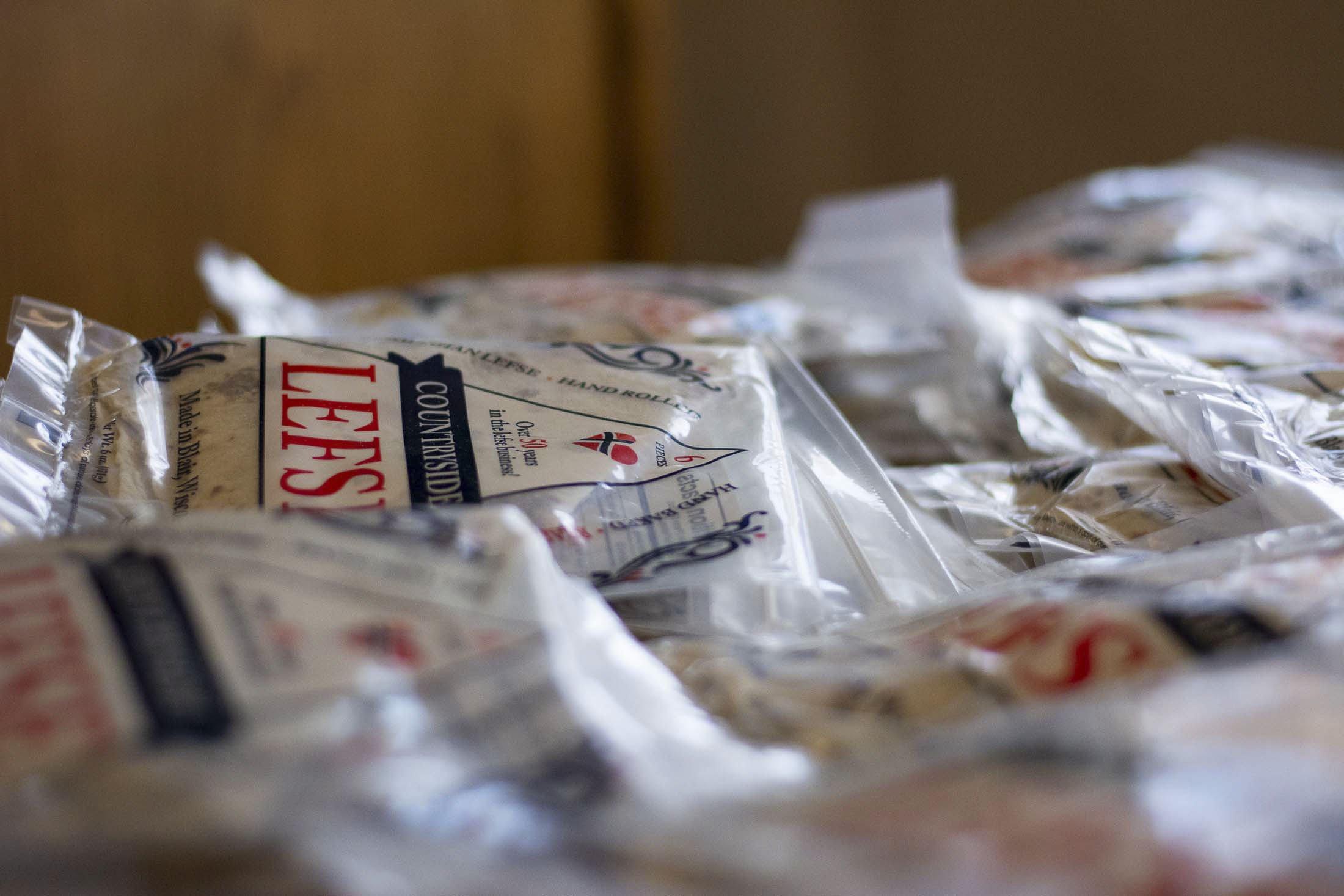
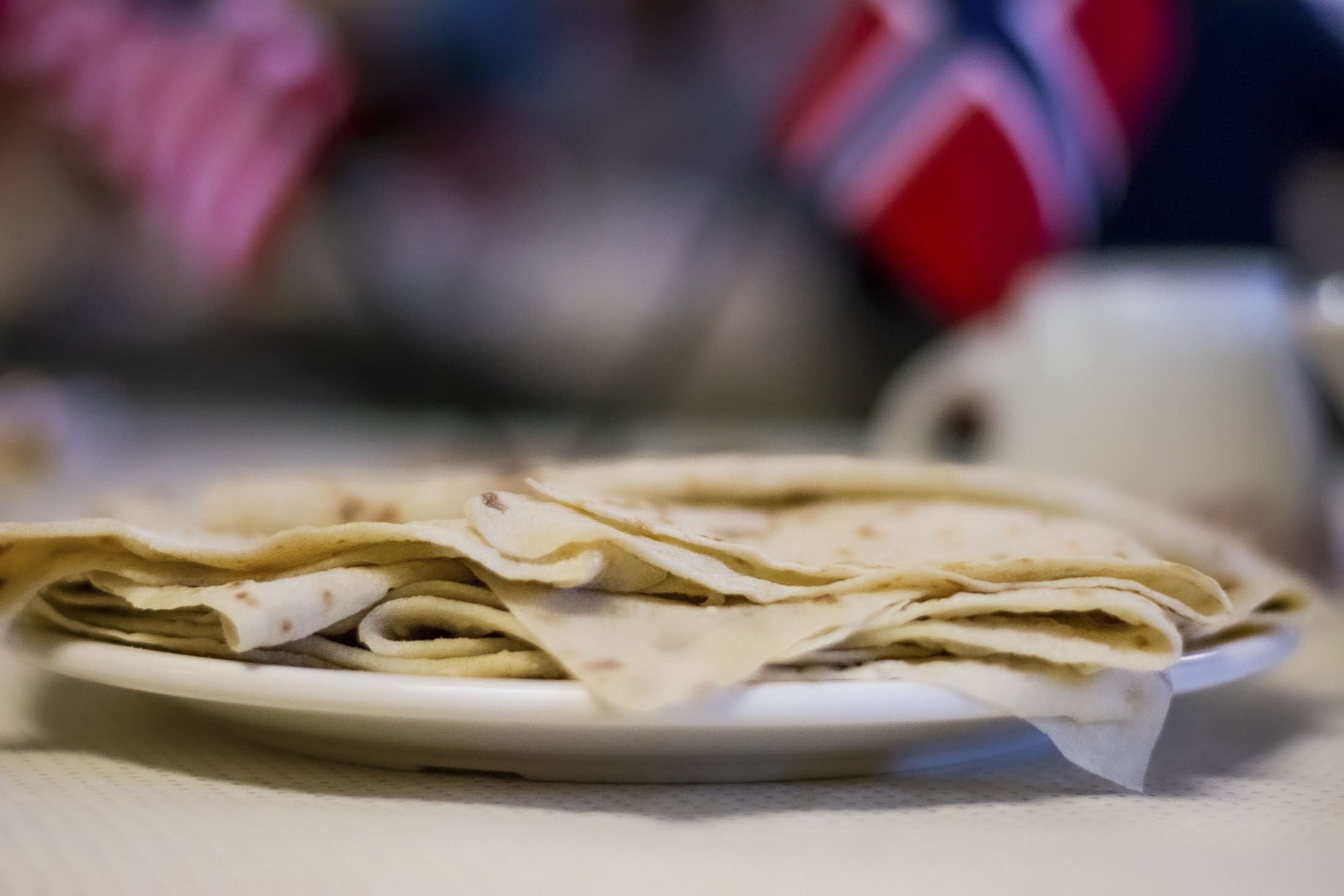


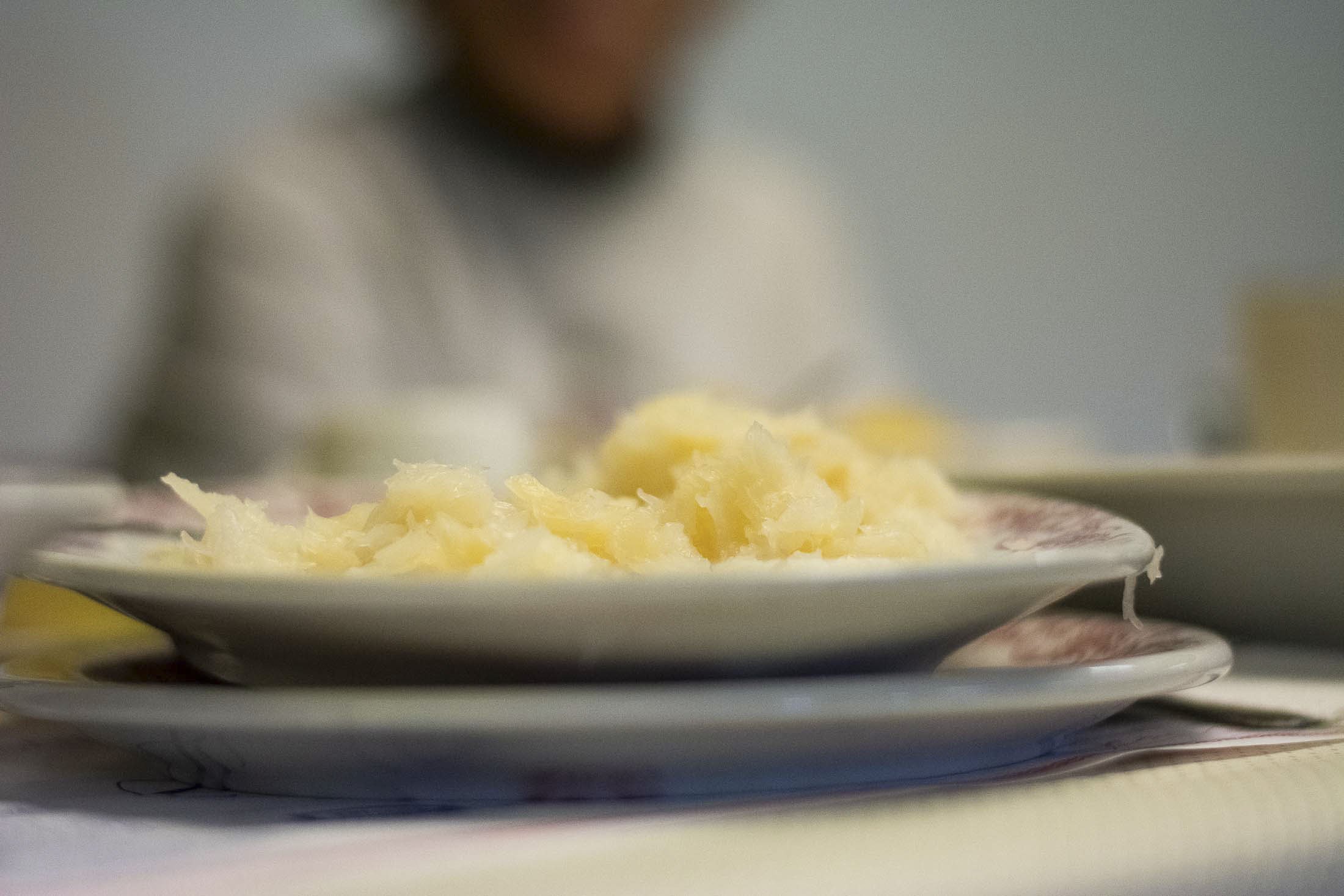




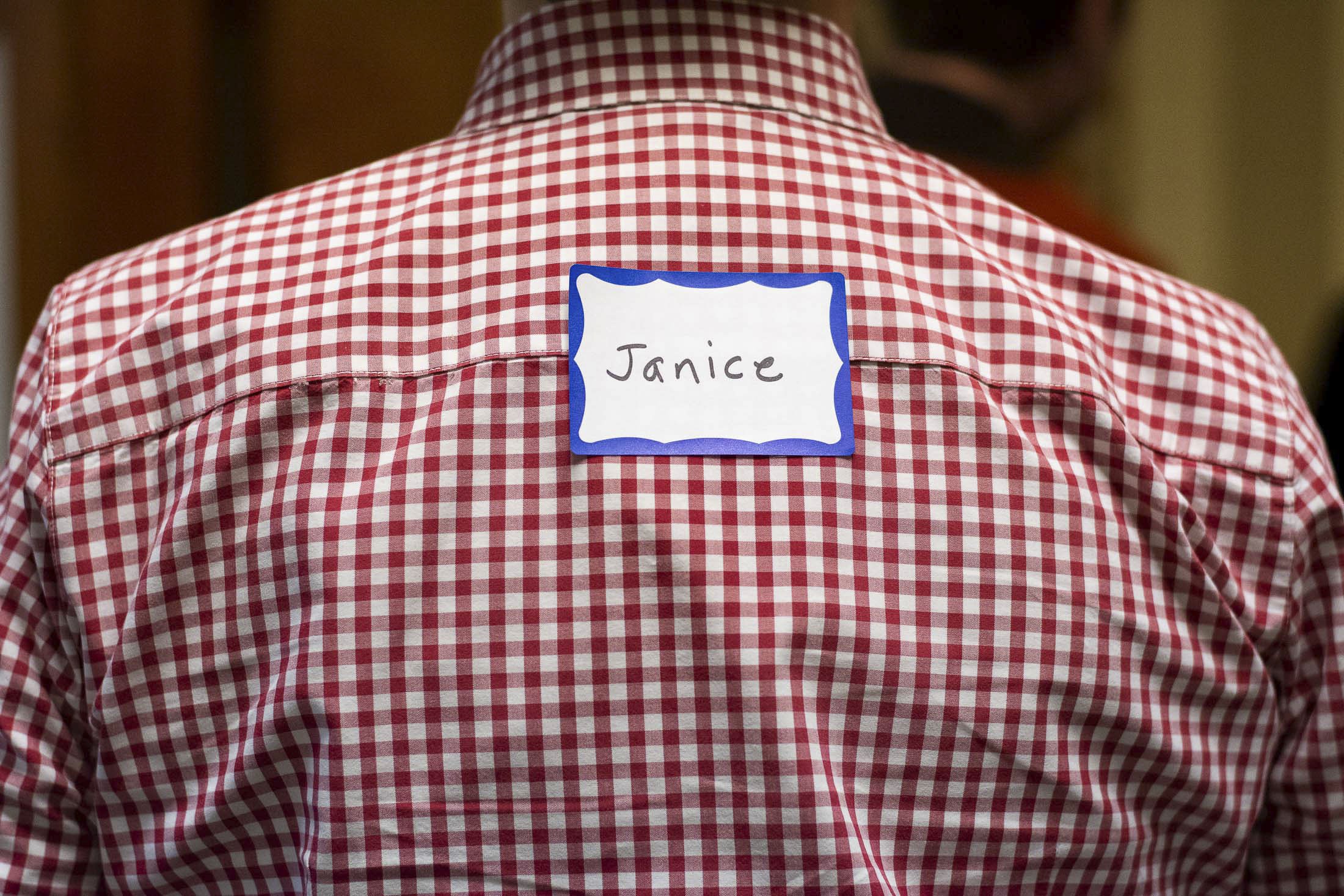



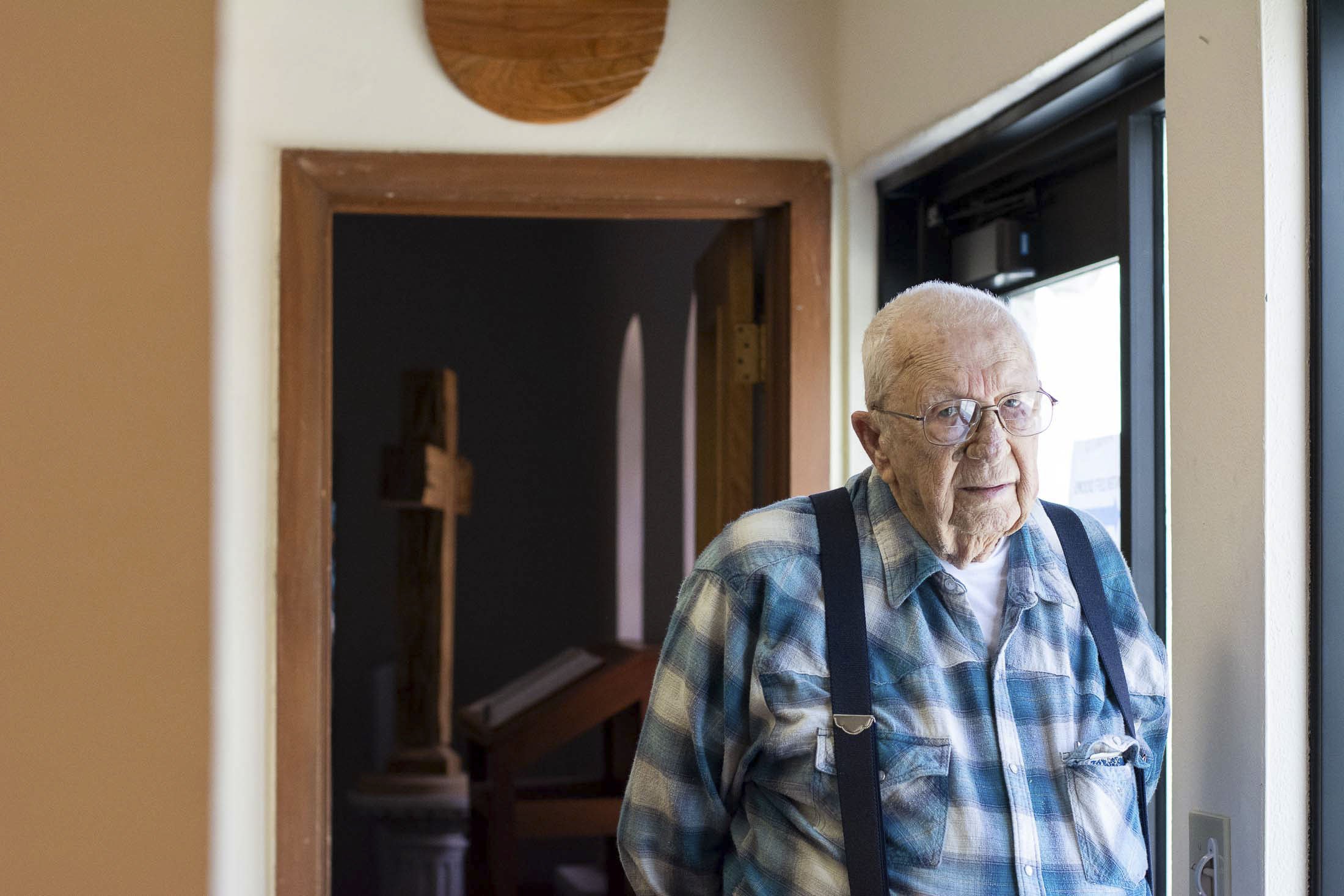


A middling Norwegian American at best, my first encounter with lutefisk was the annual Lutefisk Dinner & Bazaar at Christ Lutheran Church in Deforest, Wis. For the uninitiated, Lutefisk is typically cod or white stockfish transmogrified — first dried to a leathery firmness, reconstituted in water and lye over a period of days, then boiled or broiled and drenched in butter.
Lutefisk is an immigrant, like the Scandinavians who brought it here, the food of poor people enduring harsh climates with scarce resources. It’s a food tradition carried forth mostly by Scandinavian Americans — far less common in Norway and Sweden — in lodges and church basements in the Midwest and Pacific Northwest.
The fish is foul-smelling, gelatinous in texture, suspect in taste even to a significant share of dinner attendees. Yet the community gathering around lutefisk is vibrant. An intergenerational crowd of families pack the basement of Christ Lutheran. The crew working is noticeably aging except for the broad-shouldered, younger men cooking over heavy pots at a furious pace in the church kitchen.
For many attendees, this gathering is something they anticipate all year, serving as a meaningful opportunity to leave the house, gather together and celebrate their heritage.
More photos from this series are shared with a Wisconsin Public Radio audio piece as part of a series called,“Food Traditions,” by Wisconsin Life.